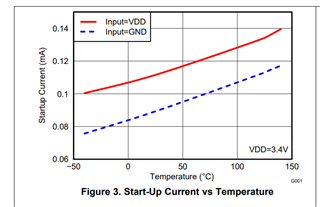Dear team,
When my customer use RθJC(top) listed in our datasheet to calculate Tj, Tj will be larger than 150C, so they hope we can help evaluate the actual RθJC(top) value based on their dissipation model as below. They add one 1.8*2.0mm thermal pad at the bottom side of chip, and they add heat-conducting glue with thermal conductivity 2.0W/m.k at the top side of chip. Could you please help evaluate the value?


Thanks & Best Regards,
Sherry




